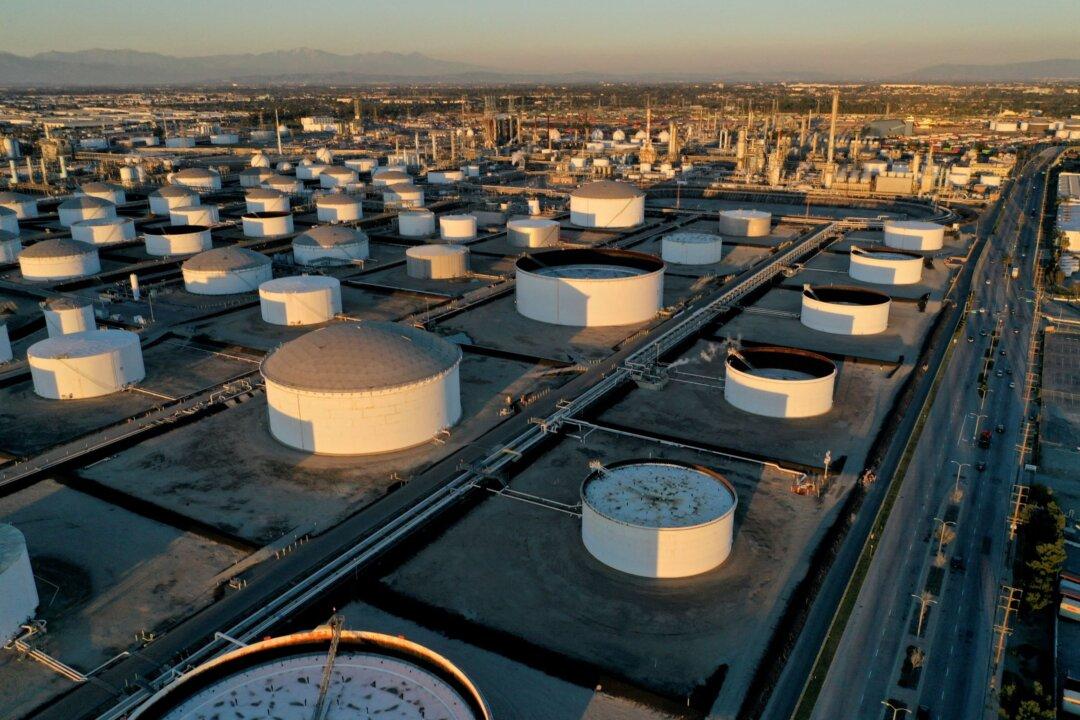The International Energy Agency (IEA) will release 60 million barrels of oil from its member nations into the global marketplace in an effort to cool down prices after the Russian invasion of Ukraine, following which prices have risen and remain reluctant to lower.
IEA Releasing 60 Million Oil Barrels Into Market; Price Cools Down but Rises Slightly as Fears of Instability Persist

Storage tanks at Marathon Petroleum's Los Angeles Refinery, which processes domestic and imported crude oil into gasoline, diesel fuel, and other petroleum products, in Carson, California, U.S., on March 11, 2022. Bing Guan/Reuters

Naveen Athrappully
Reporter
|Updated:



